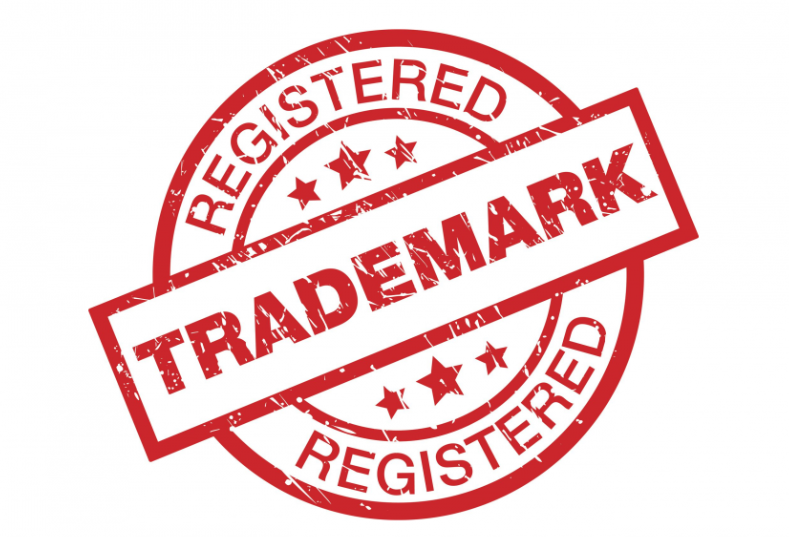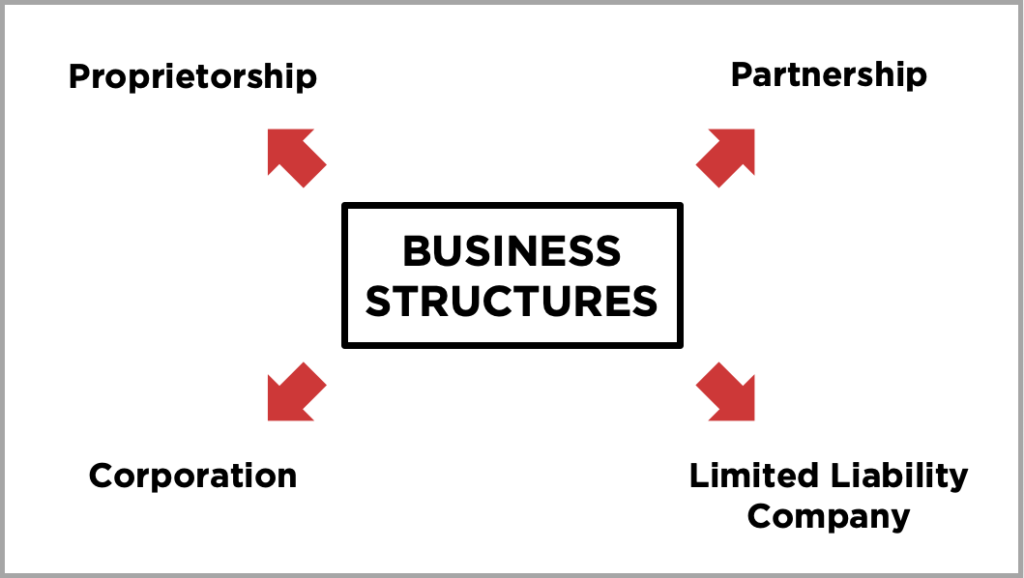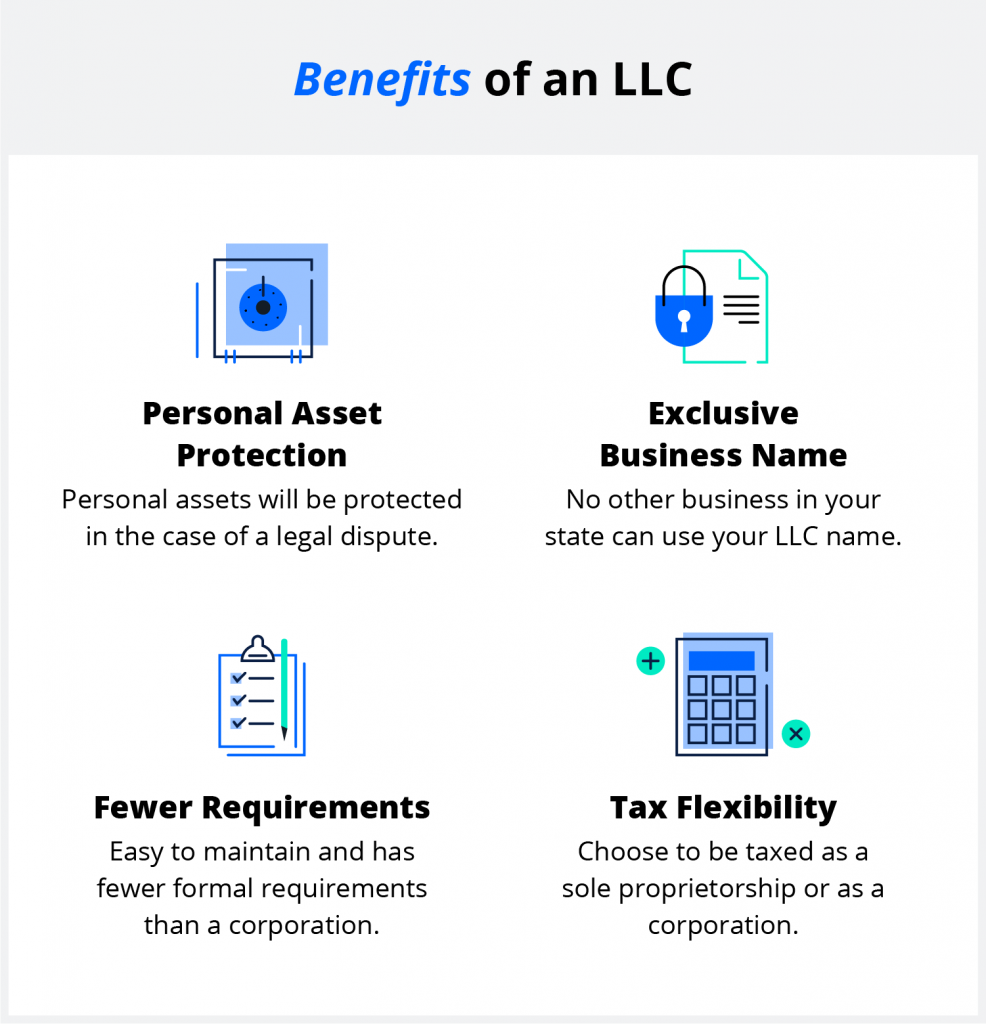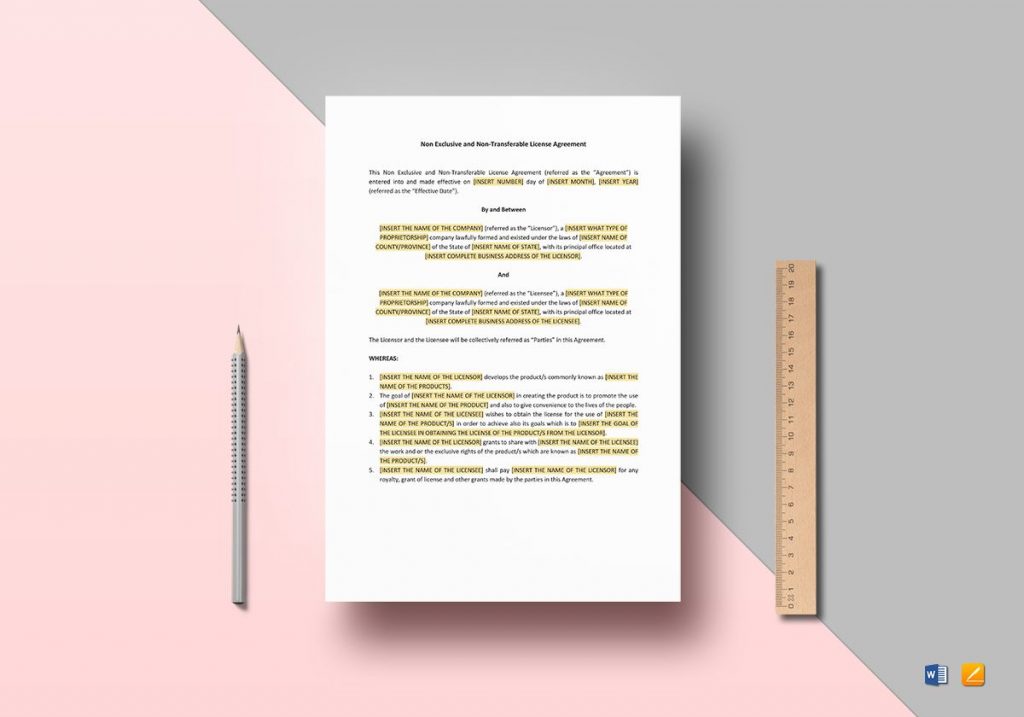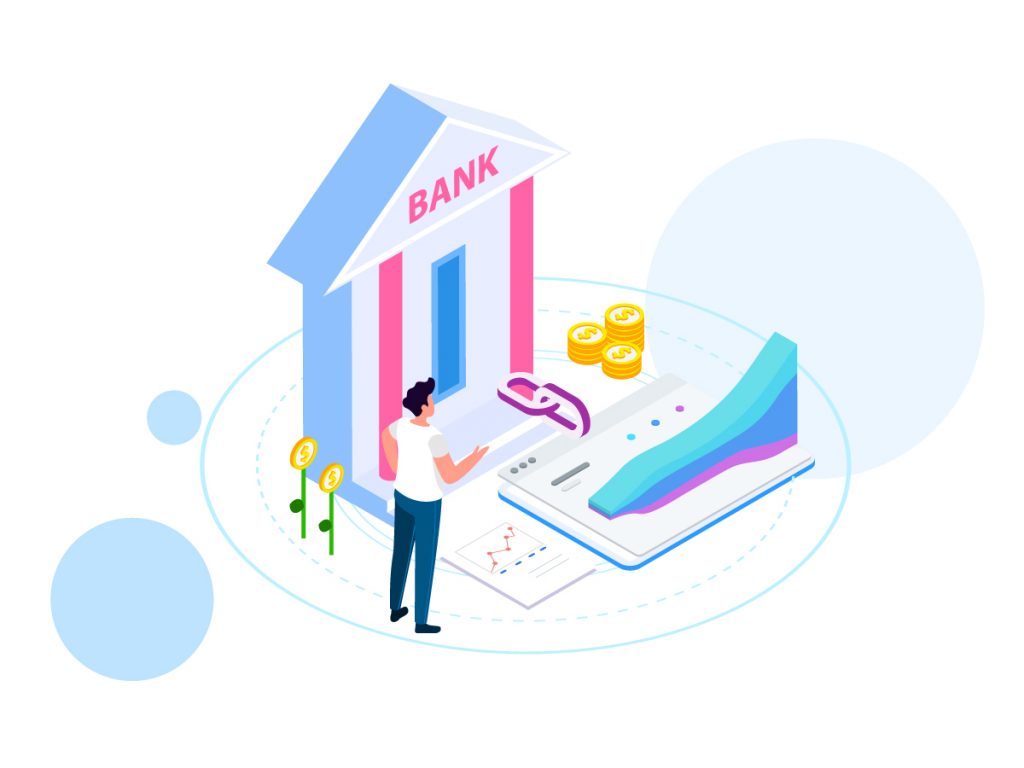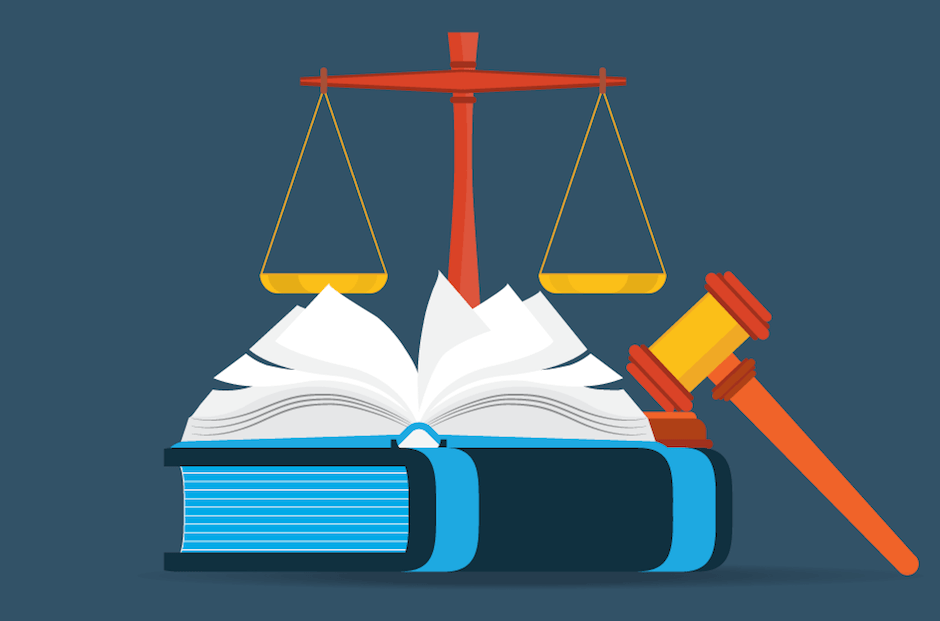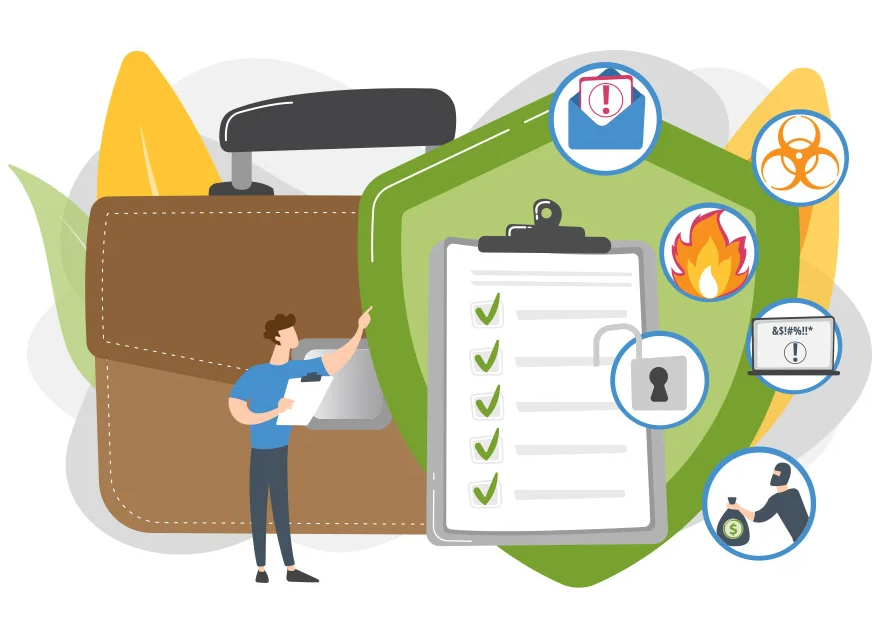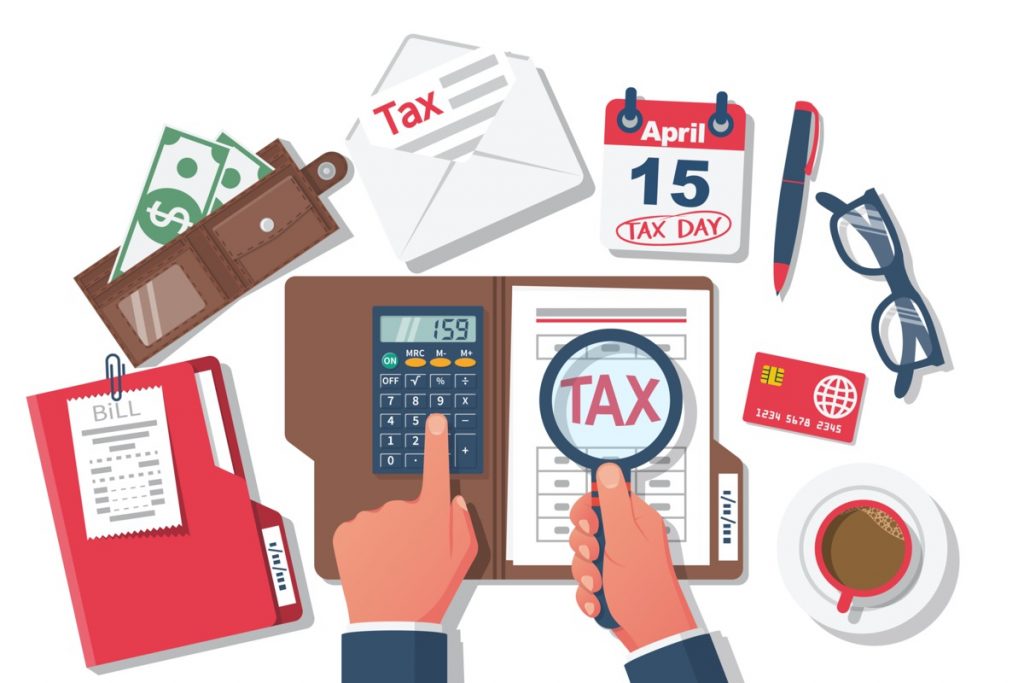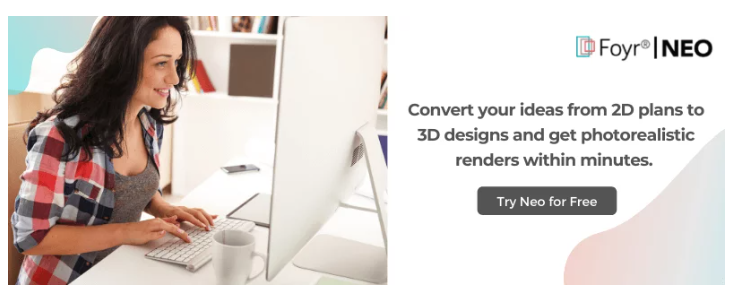Interior Design Business Legal Structure
After gaining seasoned experience as an interior designer, you have reached a point where you start planning for your interior design business setup. You know your customers. You know your target market. Now that you want to build your brand, you need to establish a strong legal structure for your business. Which business structure is suitable for an interior design business?
Choosing the right interior design business legal structure is critical for your business to run effectively. Also, the way you structure your business could have long-term legal or tax benefits. The legal structure of your business will determine the personal liability, type, and amount of tax you pay. The business structure will have a massive impact on the financial and legal aspects of its maintenance and administration.
New interior design business owners face several legal issues; therefore, it is essential to educate yourself about the different legal entities and learn about their advantages and disadvantages before planning the business structure. So, here’s a legal checklist every interior design business should meet.
Read also – How To Become An Interior Designer?
Legal Checklist for Interior Design Businesses
1. Established relationship with an attorney
If you plan to set up your interior design business, it is absolutely important to talk to your accountant and attorney. They will help you decide your business structure for your interior design business.
They will also review tax benefits, and guide you about any additional costs associated with exploring options. Over some time, your startup’s focus, finances, and law may change, affecting your legal structure. Always restructure your business plans as per the advice of your attorney.
Read also – Guide for Interior Design Business Startup Costs
Image Credit: mybeautifuladventures.com
2. Check required qualifications and licenses
It is important to check for any business license or qualification requirement in the region you plan to operate in. You should also check the permits for project management-type services required for renovations projects.
3. Go for a trademark search
Many interior decorators mistake not checking their brand name with the existing ones. A simple google search is not enough. If you can register a business name in your area, it doesn’t mean that you have trademark rights.
It is best to go for a trademark search before launching your business. If you want to protect your branding for the future, it is best to go for trademark registration.
Read also – How To Name Your Interior Design Business?
Image Credit: ipleaders.in
4. Lay down your business structure
Choose a business structure that suits your needs. The major legal structure that best suit your own interior design business are:
a) Sole proprietorship: It is the easiest to form and most common type of legal entity. In this, business owners have complete control over the business. You still need a license and permit to run your business.
In a sole proprietorship, you and your business are a single entity which makes you a personal liability. If your business has any debts, your assets could be at stake. Most home decor and interior designers start as sole proprietors.
b) Partnership: It involves two or more people (maximum up to 20 people) who wish to conduct business as a single entity. Interior design business involves creative work; you can benefit from combining other people’s resources and expertise.
If it sounds right, you should consider a partnership. It also has certain tax benefits. As per law, all partners involved are single legal entities. It would be best if you chose your partners wisely. There are mainly three different types of partnerships.
- A general partnership (GP) is a legal structure with 2 or more people who share full control rights over assets and liabilities of the company.
- A limited partnership (LP) is an entity where one person owns full control rights over daily working, assets, and liabilities while others own a percentage of the company. They have limited rights and liabilities for any company debt.
- A limited liability partnership (LLP) is a structure where all share control over daily operations and has the same legal protection of personal assets.
Read also – 15 Ways To Differentiate Your Interior Design Business
Image Credit: yelp.com
5. Corporation
If you don’t wish to have any personal liabilities, you can prefer setting up a corporation. In this, the company is a separate legal entity, making your business structure a low-risk venture. There are 5 types of corporations, but when it comes to interior design firms, the 2 main corporations are C corp and S corp.
The biggest benefit of these structures is that there is no way the owner is personally liable for the company’s debts unless the owner personally guarantees any loan. The biggest disadvantage is that you will be able to receive only a share of profit from the company. You have no direct access to profits. Also, the running cost of the company is higher than other business structures.
Read also – Guide To Profit Margins for Interior Design Businesses
Image Credit: iconsultumbrella.co.uk
6. Limited Liability Company (LLC)
The hybrid business structure where the owner protects its assets and allows the owner to file the company’s profits and losses as personal income, avoiding double taxation. It can save money on taxes. Interior design businesses can benefit from LLC. A client can sue a company for personal injuries, trademark infringement, and property damage.
Limited liability Company protects personal assets in such cases. Also, credibility plays an important role in maintaining any business. You can also get the benefits of the credibility of an LLC when looking for small loans, credits, or grants.
Read also – 10 Best Investment Tips for Interior Designers
Image Credit: legalzoom.com
7. Make a service agreement
It outlines the interior design services provided by the business entity. It should go into a service agreement. Keep it clear and concise. While onboarding with the potential client, if you give them a 10-page agreement, it can be a big turn-off.
The contract should be drafted to ensure that you and the client are on the same page. It should also demonstrate to your client base that your business is transparent about its processes. Also, there should be a clear mention of project deadlines and timelines.
It should be made clear that they are subject to change. The agreement should be carefully worded to clarify money refunds or events that can terminate the agreement entirely. You can also add a clause in the service agreement that you are not responsible for any work conducted by a third-party contractor.
Read also – 15 Steps To Prepare Legal Interior Design Contract
Image Credit: besttemplates.com
8. Open a business bank account
Meanwhile, don’t forget to open a business bank account. It will help you establish a line of credit with the banks and keep your personal and professional expenses separate. That way, they are also easy to use for tax and funding purposes. Also, get a business credit card at the same time.
Image Credit: uplabs.com
9. Draft your privacy policy
It will let the users know about how you handle their personal information. It should comply with the Personal Data Protection Act. You must add all the implemented additional measures to protect the client’s personal information.
You can also mention how you use the information and why it is needed? The privacy policy should meet legal, regulatory, and other requirements. It should assist law enforcement. There should be mention of third-party involvement like any business partners, vendors, or government organizations you share the information with.
There should be an assurance of strict confidentiality. Always mention that privacy policy is subject to change as per legislation and add ‘contact us’ at the end so that the potential client can ask any questions regarding the policy with you.
Read also – How To Raise Funds for Your Interior Design Business?
Image Credit: insights.dice.com
10. Write the website’s “Terms of Use”
It is required if you sell products online and have a website. The terms claim the copyright and are set for permissible and prohibited uses of your website. It also prevents competitors from using your website information.
It should include services, payments, risks, confidentiality, client’s responsibilities, and clauses regarding default and termination of the contract.
11. Check employment laws
Before hiring any employee or intern, understand your state’s employment and contractor laws. There should be strict guidelines regarding the payment and who are classified as an intern and who as a contractor. You can take advice from your attorney before taking a new member to your team.
Develop company rules and policies to manage your employees. Also, every person you hire should sign a formal agreement addressing the key responsibilities and main terms of their involvement. Get necessary documents drafted for all of your employees to avoid any future misunderstanding with the team members.
Read also – 10 Tips To Improve Cash Flow for Interior Design Business
Image Credit: insperity.com
12. Insurance for the business
There must be insurance coverage for all the interior design furniture, materials used in moving, handling, and installing the furnishings. Insurance will protect both the physical and digital properties of the interior designer. Insurance coverage will assist in covering costs, including legal costs.
There are different business insurance coverages for interior designers, like Interior design professional liability insurance, professional indemnity insurance, and commercial auto insurance.
Image Credit: surepayroll.com
13. Follow tax laws
Correctly file all the taxes relevant to interior design firms like sales tax, income tax, and payroll tax. Document all the financial transactions for better taxation. Consult a chartered accountant and keep up with the latest business regulations and tax laws changes.
Proper accounting and taxation practice are a matter of legal compliance. It will reduce the risk of overdue bills, resulting in fines and lost business.
Read also – Financial Management for Interior Designers
Image Credit: shoutmeloud.com
Conclusion
Before starting your interior design business, decide which legal structure you should choose. If you are unsure about the structure you chose, you can take advice from an attorney or chartered accountant. Once you select your legal business structure, you can work on your brand name. Before finalizing the name, conduct a trademark search and get the name registered.
While dealing with new clients, draft a carefully worded service agreement and get it signed by the client. To avoid any future misunderstanding, it is best to draft your company’s privacy policy and terms of use for its website. Keep up with the latest regulations and laws and restructure your business policies of bookkeeping, business loan, and taxation accordingly.
If you have the right business tools, each stage of the interior design process will be easier and more efficient. Foyr Neo is a one-stop-shop for all your design needs. The multifaceted design software has so many features to choose from that it makes it easier to visualize your design ideas more effectively.
Furthermore, it doesn’t take up a whole lot of space due to its incredible cloud computing feature. It saves time and money on licensing. Anyone can create absolutely remarkable home designs with these design tools. Foyr Neo is now available for a 14-day free trial, allowing you to explore the potential of infinite creation.










